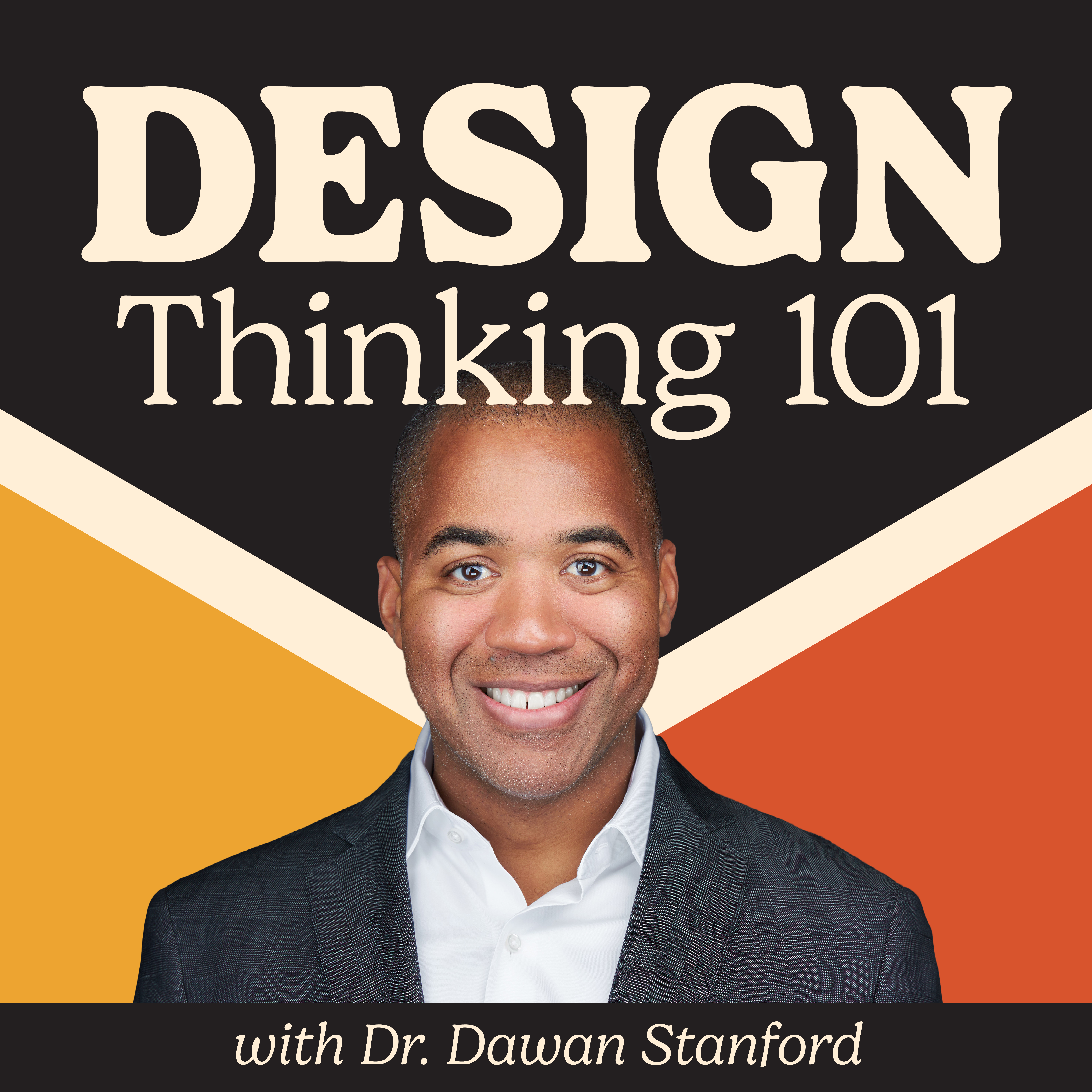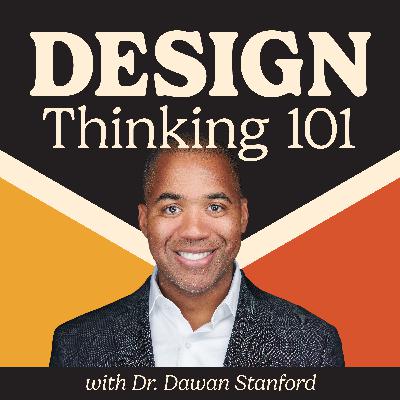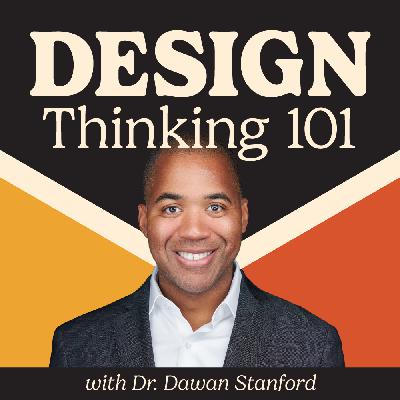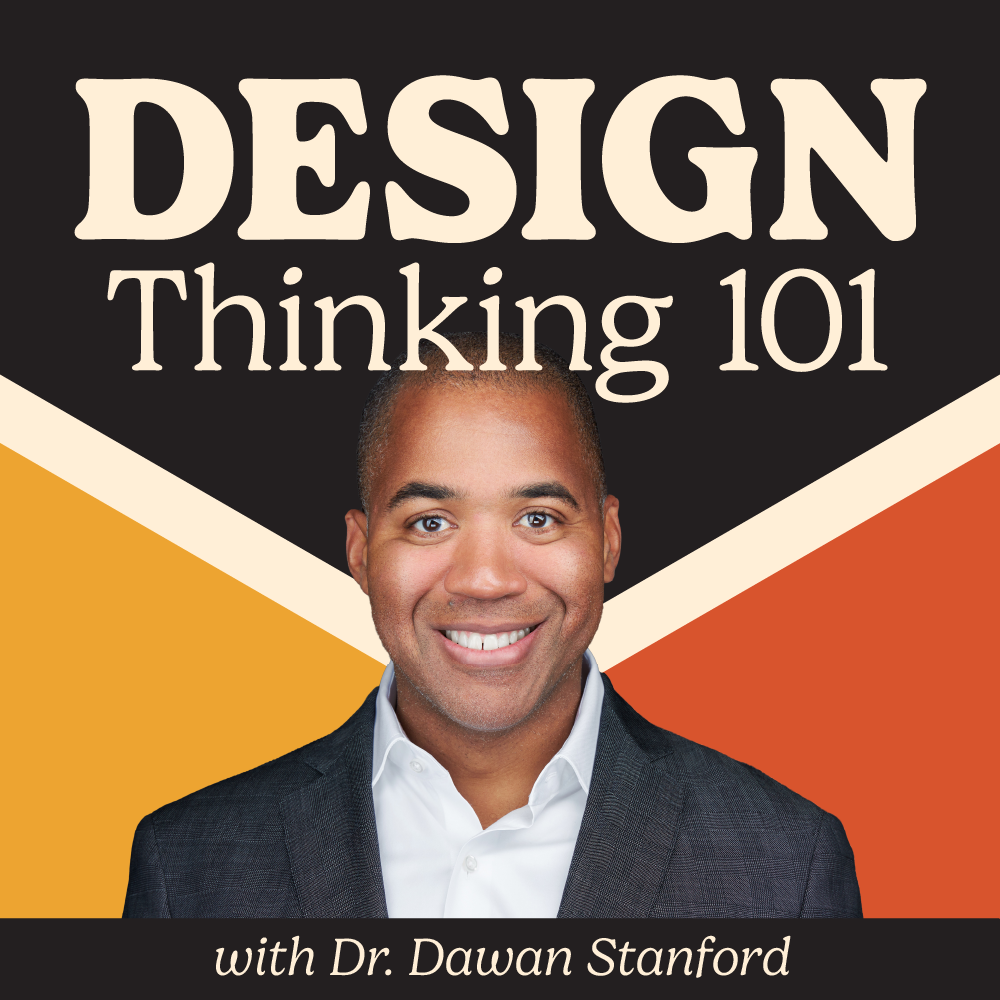5.5 Things Everyone Should Know about the Future of Higher Education with David Staley — DT101 E133
Description
David Staley is an associate professor in the Department of History at Ohio State University. He teaches courses in digital history and historical methods. He also holds courtesy appointments in two departments, the Department of Design, where he has taught courses in digital history and design futures, and the Department of Educational Studies, where he has led the forum on the university. We talk about the future of higher education and learning, remote learning, and explore some of the ideas in David’s latest book, Knowledge Towns.
Listen to learn about:
>> AI and its potential impact on education
>> How will we define a “university” in the future?
>> Remote learning
>> David’s book, Knowledge Towns
Our Guest
David Staley is an academic, writer, designer, futurist and journalist. He is an Associate Professor in the Department of History and (by courtesy) the Departments of Design and Educational Studies at The Ohio State University. He is the author of "Alternative Universities: Speculative Design for Innovation in Higher Education", the co-author of "Knowledge Towns: Colleges and Universities as Talent Magnets" and author of "Visionary Histories", a collection of futures essays.
He is an Honorary Faculty Fellow at the Center for Higher Education Leadership and Innovative Practice (CHELIP) at Bay Path University, and a fellow at the Center for Science and the Imagination at Arizona State University. In 2022 he was awarded "Best Freelance Writer" by the Ohio Society of Professional Journalists for his "Next" futures column with Columbus Underground.
Show Highlights
[04:32 ] David starts off the conversation by talking about how AI will impact and change the future of higher education.
[05:12 ] The Interface.
[06:10 ] One of the top design problems for the remainder of the 21st century.
[09:11 ] What our relationship with AI might look like.
[09:40 ] David gives a few hints on a book idea he’s working on.
[10:19 ] The importance of knowing the level of dialogue a learner needs at any given moment.
[11:26 ] David believes that AI will become a pretty important part of the classroom system.
[14:01 ] New forms of knowledge.
[14:46 ] Preparing students for a world of dynamic change.
[18:01 ] David asks Dawan if he thinks students will come to university to solve problems rather than to learn a discipline.
[21:26 ] A Miro Moment.
[23:28 ] David discusses the epistemic culling phenomenon happening in higher education.[27:40 ] Will we be redefining what a university is? What might that look like?
[32:41 ] Dawan asks, What is higher learning, and how does it serve us?
[33:39 ] David takes us back to the early pandemic years, and the remote class experience.
[34:39 ] Using the experience as a teaching opportunity.
[34:53 ] The generic feeling of taking classes remotely.
[35:32 ] The idea of Place.
[36:43 ] The value of learning together.
[37:20 ] Where will the location of teaching and learning be in the future?
[38:07 ] Will the numbers of remote students continue to increase?
[38:41 ] The emergency nature of online learning during the pandemic, as opposed to designed online learning.
[42:26 ] How does a university bring what is unique about them into the online learning experience?
[43:30 ] David contemplates future online learning looking like tutorials and one-on-one learning.
[47:51 ] David believes that the best teaching and learning happens one-on-one.
[49:35 ] Colleges and universities are talent magnets.
[51:29 ] Place does matter when it comes to universities, but mostly from an economic development standpoint.
[53:37 ] When remote working and learning can happen anywhere, workers and learners will have the choice in where they live, learn, and work.
[56:04 ] Universities and colleges need to rethink their relationship with the place they are located.
[57:32 ] Moving beyond survival to thriving.
[59:18 ] Graceful endings in higher education spaces.
Links
David on LinkedIn
David’s articles on Educause
David on ResearchGate
Associate Professor David Staley Discusses Digital History and the Future
Voices of Excellence from Arts and Sciences
Creative Mornings Columbus
Books by David
Historical Imagination
Alternative Universities: Speculative Design for Innovation in Higher Education
Knowledge Towns: Colleges and Universities as Talent Magnets
Computers, Visualization, and History: How New Technology Will Transform Our Understanding of the Past
History and Future: Using Historical Thinking to Imagine the Future
Brain, Mind and Internet: A Deep History and Future
Book Recommendations
The Next Rules of Work: The Mindset, Skillset and Toolset to Lead Your Organization through Uncertainty, by Gary Bolles
The Future of Cities, edited by Joel Kotkin and Ryan Streeter
DT 101 Episodes
Learning Design + Designing for How People Learn with Julie Dirksen — DT101 E42










